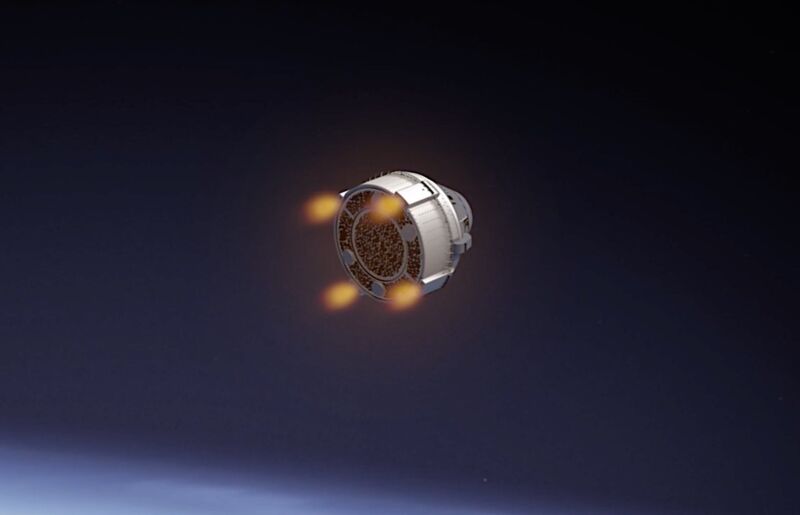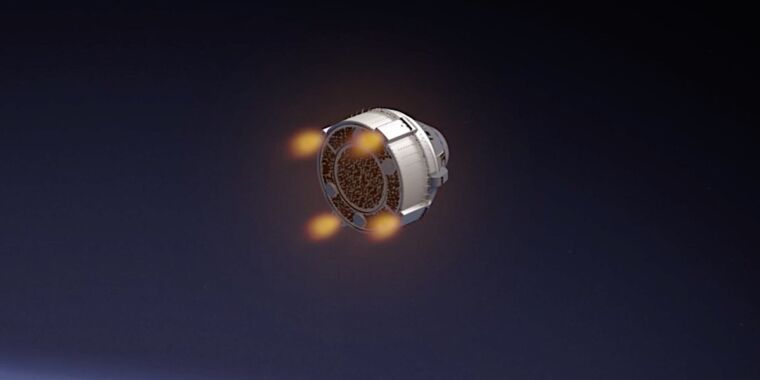
With no consensus yet on the safety of the Starliner crew capsule, NASA officials said Wednesday that they need another week or two before they can decide whether to send two astronauts back to Earth in the Boeing spacecraft or extend their stay on the International Space Station into next year.
Boeing's Starliner spacecraft, stricken with suspicious boosters and helium leaks, is taking up a valuable parking spot on the space station. It must leave the research complex in orbit, with or without its two-person crew, before the launch of SpaceX's next Dragon crew mission to the station, scheduled for Sept. 24.
“We can juggle things and make things work if we have to extend, but it's going to be a lot harder,” said Ken Bowersox, deputy administrator of NASA's Space Operations Directorate. “With the consumables that we're using, with the need to use the ports for cargo missions, those types of things, we're reaching a point where we really have to make a decision in the last week of August, if not sooner.”
Last week, NASA officials said they expected to make a decision by mid-August, likely this week, but Bowersox said Wednesday that NASA likely won't make a final decision on what to do with the Starliner spacecraft until late next week or early Aug. 26.
“We still have time before we bring Starliner home and we want to use that time wisely,” Bowersox said.
NASA astronauts Butch Wilmore and Suni Williams launched June 5 aboard Boeing’s Starliner spacecraft. Their mission marks the first crewed test flight on Boeing’s capsule before NASA clears Starliner for regular crew rotation flights to the space station. But after software glitches, parachute concerns and previous problems with the propulsion system, Boeing’s Starliner program is more than four years behind SpaceX’s Dragon crew spacecraft, which first flew astronauts to the station in 2020.
And now there's a good chance the Starliner crew won't make it home in the spacecraft they launched on. Bowersox, a former astronaut, said NASA has brought in propulsion experts from other programs to review the booster issue.
Engineers are still investigating the cause of the failure of five of Starliner’s 28 reaction control system thrusters, supplied by Aerojet Rocketdyne, during its approach to the space station the day after launch. The thrusters overheated as they were repeatedly pulsed to fine-tune the spacecraft’s rendezvous with the station. Tests of a similar control jet on the ground suggested that a Teflon seal in an internal valve could swell at higher temperatures, restricting the flow of fuel to the thruster.
Four of the five thrusters that failed before Starliner docked with the space station have been repaired and generated near-normal thrust levels during test flights last month. But many engineers at NASA are not confident the thrusters will function normally during Starliner’s journey from the space station back to Earth. The control jets are needed to keep the spacecraft pointed in the right direction as four larger rocket engines fire for a deorbit burn to send the capsule on a trajectory back into the atmosphere for landing.
Rapid pulses of the thrusters, combined with a long firing of the four larger engines, could raise temperatures in four doghouse-shaped propulsion pods around the perimeter of Starliner’s service module. Once the deorbit burn is complete, Starliner will jettison the service module to burn up in the atmosphere, and the crew module will use another set of thrusters to guide its reentry. It will then deploy parachutes to slow down for landing, likely in White Sands, New Mexico.

